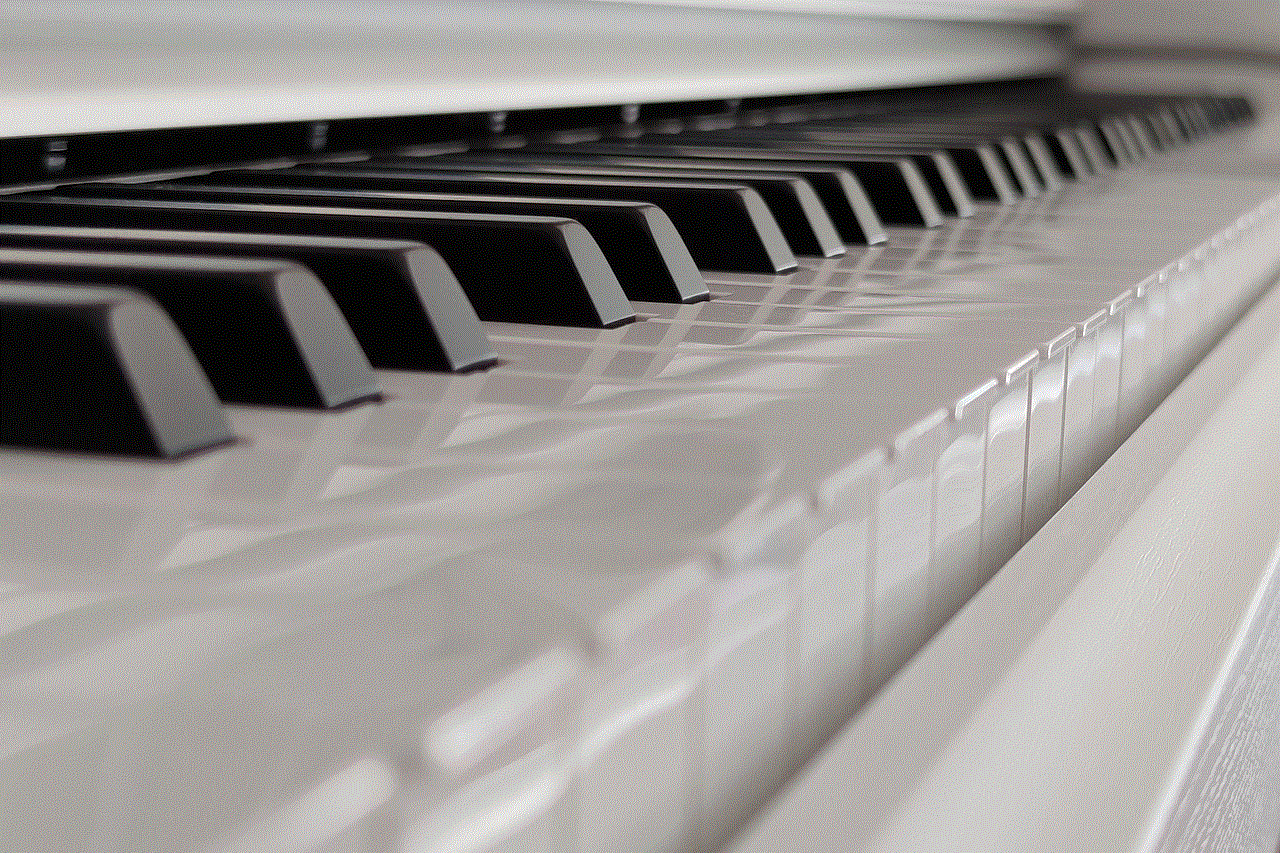first person to discover america
The discovery of America is a significant event in world history that has been studied and debated for centuries. The commonly accepted narrative is that Christopher Columbus, an Italian explorer sailing for Spain, was the first person to discover America in 1492. However, recent research and evidence have challenged this notion, and it is now believed that there were several other individuals who arrived in America before Columbus. In this article, we will explore the different theories and evidence surrounding the first person to discover America.
The traditional narrative of Columbus’ discovery of America is based on his voyage in 1492 when he sailed west from Spain in search of a new trade route to Asia. He arrived in the Caribbean, thinking he had reached Asia, and claimed the land for the Spanish monarchs, King Ferdinand and Queen Isabella. This event is known as the “Columbian Exchange” and is considered a pivotal moment in world history as it marked the beginning of European colonization in the Americas.
However, there is evidence that suggests that there were other people who arrived in America before Columbus. One of the most well-known theories is that the Vikings, led by Leif Erikson, discovered America in the 11th century. According to the Icelandic sagas, Erikson sailed from Greenland to a land he called “Vinland” in present-day Canada. This theory is supported by archaeological evidence of a Norse settlement at L’Anse aux Meadows in Newfoundland, Canada.
Another theory is that the Chinese discovered America in the 15th century, led by the explorer Zheng He. Chinese maps dating back to the 15th century show detailed knowledge of the American coastline, and there is also evidence of Chinese pottery and other artifacts found in America. However, there is no concrete proof that the Chinese actually made it to America, and some scholars argue that the maps were based on second-hand information or were forgeries.
One lesser-known theory is that the Polynesians discovered America around 400 AD. Polynesians were skilled navigators and had the technology to make long-distance voyages. There is evidence of sweet potato, a plant native to South America, being present in Polynesia before the arrival of Europeans, suggesting that there may have been contact between the two regions. However, this theory is not widely accepted, and there is still debate over the accuracy of the evidence.
The most controversial theory of the first person to discover America is that it was actually the Native Americans themselves who first arrived in the Americas. This theory challenges the traditional belief that the Americas were uninhabited before Columbus’ arrival. The evidence for this theory comes from linguistic, genetic, and archaeological research, which suggests that the ancestors of Native Americans came from Asia and arrived in the Americas thousands of years before Columbus.
One of the most compelling pieces of evidence for this theory is the genetic link between Native Americans and people from East Asia. It is believed that the ancestors of Native Americans crossed a land bridge known as Beringia, which connected Asia to North America during the last Ice Age. This migration is estimated to have taken place around 15,000 years ago, making it the earliest known arrival to the Americas.
Another piece of evidence is the similarities between Native American languages and those spoken in Asia. For example, the Navajo language has striking similarities to the languages spoken in Mongolia and Siberia. This suggests that the ancestors of Native Americans brought their language with them when they migrated to the Americas.
Archaeological evidence also supports the theory of Native Americans being the first inhabitants of the Americas. The Clovis culture, which is believed to be the earliest culture in North America, dates back to around 13,000 years ago. The Clovis people were skilled hunters and made distinctive spear points that have been found all over North America. However, recent archaeological discoveries have pushed back the estimated arrival of humans in the Americas to as early as 33,000 years ago, further supporting the theory of Native Americans being the first people to discover America.
The controversy surrounding the first person to discover America is not just about who arrived first, but also about the implications of this discovery. For centuries, the traditional narrative of Columbus’ discovery has been praised and celebrated, but it has also been criticized for glossing over the atrocities committed against Native Americans during European colonization. If it is accepted that the Native Americans were the first inhabitants of the Americas, it would not only rewrite the history books but also change the way we view the Americas and its indigenous people.
It is also worth noting that the concept of “discovery” is a Western construct that ignores the fact that there were already people living in the Americas before Columbus’ arrival. The idea of “discovery” also perpetuates the idea of the Americas being a “new” world, when in fact, it was already inhabited and had a rich history and culture.
In conclusion, the question of who was the first person to discover America is a complex and controversial one. While Columbus is traditionally credited with the discovery, there is evidence that suggests that other individuals or groups arrived in the Americas before him. The evidence for the Native Americans being the first inhabitants raises important questions about the way we view and teach history. As our understanding of the past evolves, it is important to continue examining and challenging the traditional narratives to gain a more accurate and comprehensive understanding of the events that shaped our world.
ride on hoverboard
Hoverboards, also known as self-balancing scooters, have become a popular mode of transportation in recent years. These futuristic devices are essentially a cross between a skateboard and a Segway, allowing users to effortlessly glide around on two wheels. But perhaps the most iconic image associated with hoverboards is that of someone riding one, seemingly floating through the air. In this article, we will delve into the world of hoverboards and explore everything there is to know about riding on one.
First, let’s address the elephant in the room – hoverboards do not actually hover. Despite the name, these devices do not use any type of levitation technology. Instead, they rely on a set of gyroscopic sensors and motors to maintain balance and move in the desired direction. This may be a bit of a disappointment to those who were hoping for a true Back to the Future-style hoverboard, but the technology behind these devices is still pretty impressive.
Now that we have cleared that up, let’s talk about the process of riding on a hoverboard. The first thing to keep in mind is that riding a hoverboard takes a bit of practice. Just like any other mode of transportation, it takes time to get the hang of it and feel comfortable. It is recommended to start in a large, open space with plenty of room to maneuver and minimal obstacles.
To begin, step onto the hoverboard with one foot at a time, making sure to keep your feet shoulder-width apart. The sensors on the hoverboard will detect your weight and adjust accordingly. It is important to keep your body in a relaxed and upright position, with your knees slightly bent. This will help with balance and control.
Next, use your feet to control the direction of the hoverboard. To move forward, lean forward slightly, and to slow down or stop, lean back. It may feel a bit strange at first, but with practice, you will get the hang of it. To turn, simply shift your weight to one side or the other. The more you lean, the sharper the turn will be.
One of the most important things to keep in mind while riding a hoverboard is to maintain your balance. This may seem obvious, but it is crucial to keep your body centered and your weight evenly distributed. If you lean too far to one side, the hoverboard will sense this and try to compensate, which can result in a loss of control. It is also important to avoid sudden movements or jerky motions, as this can throw off your balance and potentially lead to a fall.
Another key factor in riding a hoverboard is the surface you are riding on. Ideally, you want to ride on a smooth, flat surface. Bumps, cracks, and uneven terrain can make it difficult to maintain balance and control. Additionally, riding on slippery or wet surfaces can be dangerous, as the wheels of the hoverboard may lose traction. It is always important to be aware of your surroundings and choose your riding location carefully.
When it comes to speed, hoverboards can reach up to 10 miles per hour. However, as a beginner, it is recommended to start at a slower pace and gradually increase your speed as you become more comfortable. It is also important to be mindful of your surroundings and avoid riding at high speeds in crowded or busy areas.
One of the biggest concerns when it comes to hoverboards is safety. While riding a hoverboard can be a fun and exhilarating experience, it is important to take precautions to avoid accidents and injuries. It is recommended to wear protective gear, such as a helmet, elbow and knee pads, and wrist guards. This is especially important for beginners or those attempting to do tricks and stunts on their hoverboard.
In addition to protective gear, it is also important to be aware of any potential hazards while riding. This includes obstacles, uneven terrain, and other people. It is always best to ride in an open area with minimal obstructions. It is also important to follow traffic laws and signals, just like you would while riding a bike or skateboard.



Now that we have covered the basics of riding a hoverboard, let’s talk about some tips and tricks to take your skills to the next level. If you want to impress your friends and family with your hoverboard abilities, here are a few things to try:
– Master the art of turning. Once you have the hang of riding in a straight line, practice making smooth turns without losing your balance. You can even challenge yourself to make figure-eight patterns or other shapes while riding.
– Experiment with different terrain. While smooth, flat surfaces are ideal for riding, you can also try riding on grass, dirt, or even sand. This will require more balance and control, but can be a fun challenge.
– Practice riding backwards. This may take some time to get used to, but once you have the hang of it, riding backwards can be a cool trick to show off.
– Try some tricks. If you are feeling confident and have mastered the basics, you can try some more advanced tricks on your hoverboard. Popular tricks include spins, jumps, and riding on one foot.
– Take it off-road. Many hoverboards are designed for all-terrain riding, meaning they can handle rougher surfaces and even hills. If you are up for a challenge, take your hoverboard off-road and see what it can do.
In conclusion, riding on a hoverboard can be a fun and exciting experience, but it is important to take the time to learn the basics and practice safe riding habits. With the right technique and a bit of practice, you can become a pro at riding on a hoverboard and impress everyone around you. So go ahead, hop on your hoverboard and enjoy the ride!
ways to track a phone
In today’s digital world, smartphones have become an integral part of our daily lives. From communication to entertainment, we rely on our phones for almost everything. However, with the increasing use of smartphones, the risk of losing or misplacing them has also risen. According to a study by Lookout, a mobile security company, Americans lose their phones at an alarming rate of one every 3.5 seconds. Losing a phone not only means losing the device itself but also the valuable data stored in it. Fortunately, with the advancements in technology, there are now several ways to track a phone and retrieve it.
1. Find My Device
One of the simplest ways to track a phone is by using the built-in feature of Find My Device, available on Android devices. This feature allows you to locate your lost or stolen phone by signing in to your Google account from any web browser. Once you have logged in, you can see the location of your phone on a map. You can also make your phone ring, even on silent mode, to help you locate it in a room. Additionally, Find My Device also lets you lock your phone remotely, display a message on the lock screen , or even erase all the data on your phone to prevent it from falling into the wrong hands.
2. Find My iPhone
Similar to Find My Device, Apple has its own tracking feature called Find My iPhone. This feature is available on all devices running iOS 5 or later and can be accessed through iCloud.com. It allows you to track your lost or stolen iPhone on a map, play a sound to help you locate it, lock it remotely, or erase all the data on it. You can also use the Lost Mode feature to display a custom message on the lock screen with your contact information so that anyone who finds it can return it to you.
3. GPS Tracking Apps
There are also several third-party GPS tracking apps available on both Google Play Store and App Store that can help you track your phone. These apps use the phone’s built-in GPS to provide real-time location updates. Some popular options include Life360, Glympse, and Find My Friends. These apps also offer additional features such as setting geo-fences to receive alerts when the phone enters or leaves a specific area, or even tracking the phone’s location history.
4. Carrier Services
Many carriers also offer their own tracking services for their customers. For instance, Verizon has the Family Locator service that allows you to track all the devices on your family plan. You can set up alerts for when your family members arrive or leave certain locations, and also request their location at any time. Similarly, AT&T has the FamilyMap service, and T-Mobile has the FamilyWhere service, both of which offer similar features.



5. IMEI Tracking
If you are unable to track your phone using any of the methods mentioned above, you can still try to locate it using its IMEI number. IMEI stands for International Mobile Equipment Identity, and it is a unique 15-digit code assigned to every mobile device. You can find your phone’s IMEI number by dialing *#06# on your phone or by checking the device’s original packaging. Once you have the IMEI number, you can contact your carrier and report your phone as lost or stolen. They can then block the phone from being used on any network and track its location.
6. Security Apps
There are also several security apps available that not only help you track your phone but also protect it from various threats. These apps come with features such as anti-theft, remote lock, and remote wipe. Some notable options include Avast Mobile Security, McAfee Mobile Security, and Lookout Security & Antivirus. These apps also offer additional features such as app lock, call blocker, and safe browsing.
7. Social Media Tracking
Social media platforms like facebook -parental-controls-guide”>Facebook and Snapchat also offer location tracking features. If you have enabled location services on these apps, you can track the last known location of your phone from any device that has access to your account. However, this method only works if your phone is connected to the internet and the location services are turned on.
8. Bluetooth Tracking
If you have a Bluetooth tracker attached to your phone, you can use it to track your phone’s location. Bluetooth trackers, such as Tile and TrackR, work by connecting to your phone via Bluetooth and sending a signal to help you locate it. These trackers also come with features like crowd GPS, which uses other people’s trackers to locate your phone if it is out of range of your own tracker.
9. Police Report
If you are unable to track your phone using any of the above methods, you can file a police report. This is especially important if you suspect that your phone has been stolen. The police can work with your carrier to track the phone’s location and retrieve it. However, it is crucial to note that the chances of recovering a stolen phone are slim, and it is always better to take preventive measures to protect your phone.
10. Prevention is better than cure
While there are several ways to track a phone, the best approach is always to prevent it from getting lost or stolen in the first place. Here are a few tips to keep your phone safe:
– Always keep your phone locked with a strong password or biometric authentication.
– Avoid leaving your phone unattended in public places.
– Enable Find My Device or Find My iPhone on your phone.
– Regularly back up your data to the cloud or a computer.
– Install a reliable security app on your phone.
– Keep track of your phone’s IMEI number.
– Avoid clicking on suspicious links or downloading apps from unknown sources.



– If your phone does get lost or stolen, immediately report it to your carrier and the police.
In conclusion, losing a phone can be a stressful and frustrating experience, but with the right methods, you can track and retrieve it. It is always better to take preventive measures to protect your phone, but in case of a mishap, you can use the methods mentioned above to track it. However, in situations where the phone cannot be retrieved, always remember to prioritize your safety and personal information.